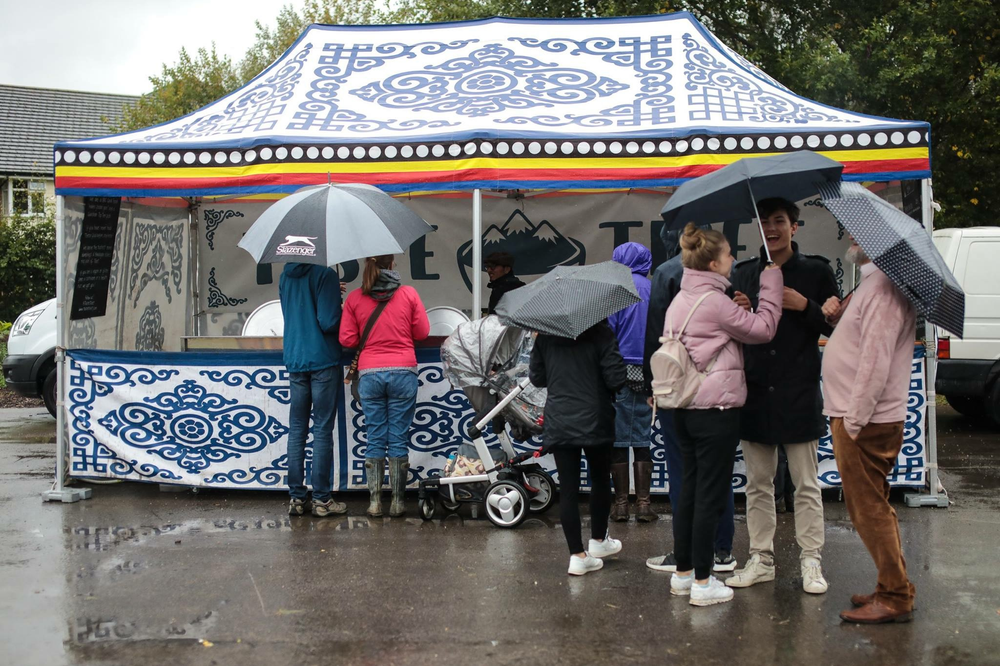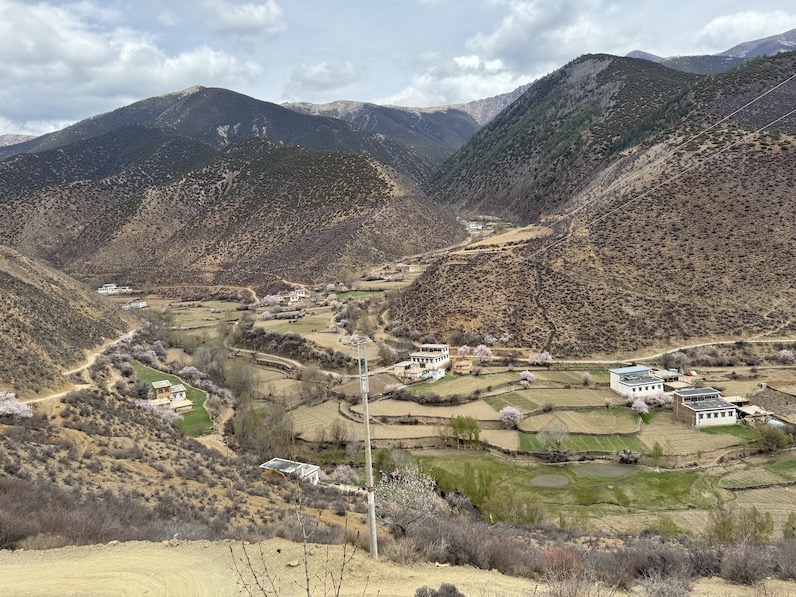
The Tibetan plateau is one of the driest places on earth: many areas receive less than 10cm of rain in a year. According to strict definition, this makes Tibet a desert region. Did you know that deserts can just as well be cold places as hot? When you consider that some areas in the Arctic and Antarctic circles qualify as desert, it seems less surprising that parts of Tibet can be defined as such too.
And yet, Tibet is also Asia’s biggest freshwater reserve. It the source of most of the continent’s biggest rivers, including the Yellow River, the Yangtze, the Mekong, the Salween and the Brahmaputra. This so-called “river region”, characterised by fertile mountain valleys, is the part of Tibet that I come from. Our crops thrive here, and despite the long, dry winters, we enjoy a good harvest twice a year.
The rain has been hard to get used to in England. I arrived in the UK during one of its drier summers, and I didn’t get what all the fuss was about. A couple of winters in, and I was up to speed. When you don’t grow up with it, it’s the damp of these cold, dark days that is hardest to take.
Here in England, we grin and bear it. At our stall, the rain has become a part of life. We are rarely in an extreme weather situation. In the Himalayan region, however, some studies show that rising temperatures have been five to six times faster than the global average. Climate simulations indicate that is likely to lead to a situation of severe drought in Tibet over the decades to come.
The Chinese are taking things into their own hands. Earlier this year it was revealed that China is developing a weather modification system to bring substantially more rain to the Tibetan plateau. Tens of thousands of fuel-burning chambers are to be built high up in the mountains of Tibet, in order to produce a cloud-seeding agent that induces rain and snow.
Governments all over the world have been operating cloud seeding activities for decades, but if China’s plans for the plateau come to fruition they will be the most ambitious of their kind.
A potential repercussion of intercepting moisture from one part of Tibet is that other areas currently served well by rain and snow may in future lose out. This could affect my family’s livelihood – the survival of their animals, the success of their crops, and their ability to continue living on the land that they have farmed for generations.
Remind me next time I get grumpy about the rain (and Wednesday may be it) that life in England’s pleasant pastures ain’t all bad. I do miss home at this time of year.
#tastetibet #tibet #tibetan #rain #desert







